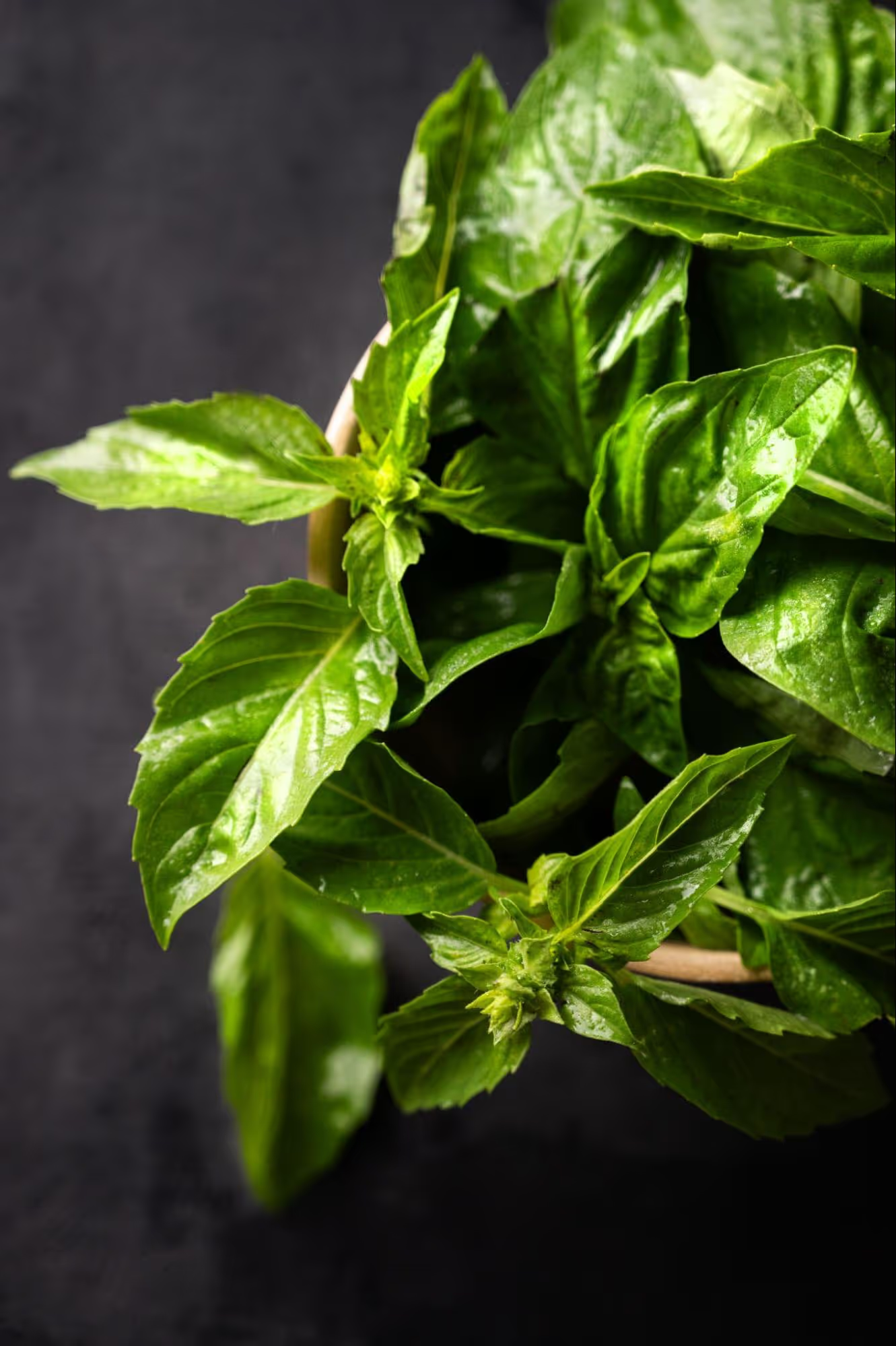
Light is one of the most important factors for the successful growth of Thai basil, an aromatic plant that is an essential ingredient in many dishes, especially in Thai cuisine. Like many other plants from the mint family, Thai basil requires specific light conditions to grow healthily, develop rich foliage, and preserve its characteristic aroma. To thrive and achieve the best results, it is crucial to provide it with adequate natural or artificial light.
Thai basil is a light-loving plant that requires plenty of light for optimal growth. It is recommended that the plant receive 4 to 6 hours of direct sunlight each day. Sunlight helps the plant develop a healthy root system, abundant leaves, and the intense aroma that is characteristic of this basil variety. Sunlight is essential for photosynthesis, the process through which the plant produces the necessary nutrients. As a result, Thai basil grows best when exposed to an adequate amount of light.
For optimal growth, Thai basil should be placed in a location that receives at least 4 to 6 hours of direct sunlight daily. It is best for the plant to be exposed to full sunlight during the day, as morning and evening light is softer, which is favorable for growth. Additionally, it is recommended to place the plant in a location with good airflow to prevent diseases caused by excessive moisture or stagnant air. While Thai basil can tolerate partial shade, avoiding shaded areas contributes to better plant resistance and the quality of its leaves.
When growing Thai basil indoors, the key factor for successful growth is the choice of light. Direct sunlight can be challenging, especially during the winter months when days are shorter and light is weaker. In such conditions, it is recommended to use artificial light that mimics natural sunlight, ensuring the plant has the proper light conditions throughout the year.
The best type of lighting for growing Thai basil indoors is LED lights with full-spectrum light. These lights provide a spectral balance that promotes photosynthesis and mimics natural sunlight. Full-spectrum lights encompass wavelengths essential for healthy plant growth, including the blue part of the spectrum, which promotes leaf growth, and the red part, which stimulates flowering. It is recommended that LED lights be placed 20-30 cm above the plant and be on for 12-16 hours daily, depending on the intensity of the light. Regularly changing the light's position helps distribute light evenly.
Thai basil requires consistent exposure to light, but excessive light can cause leaf burn. If the leaves become brown or dry, it is a sign that the plant is receiving too much light. In such cases, it is recommended to move the plant to a spot with less light or reduce the duration of exposure to artificial light. It is also important to monitor the plant's condition and adjust light conditions throughout the year, as during the winter months the plant may need more artificial light, while in the summer, it can benefit from more natural light.
Light is a key factor for the successful growth and health of Thai basil. The plant requires optimal light conditions, whether grown outdoors or indoors. Direct sunlight is ideal for outdoor plants, while artificial light, such as LED lights, provides the necessary conditions indoors. Regularly adjusting light conditions throughout the year and carefully monitoring the plant's condition will help maintain its health and preserve its characteristic aroma. With the right light, Thai basil will thrive and provide an abundance of flavor and fragrance in every dish.